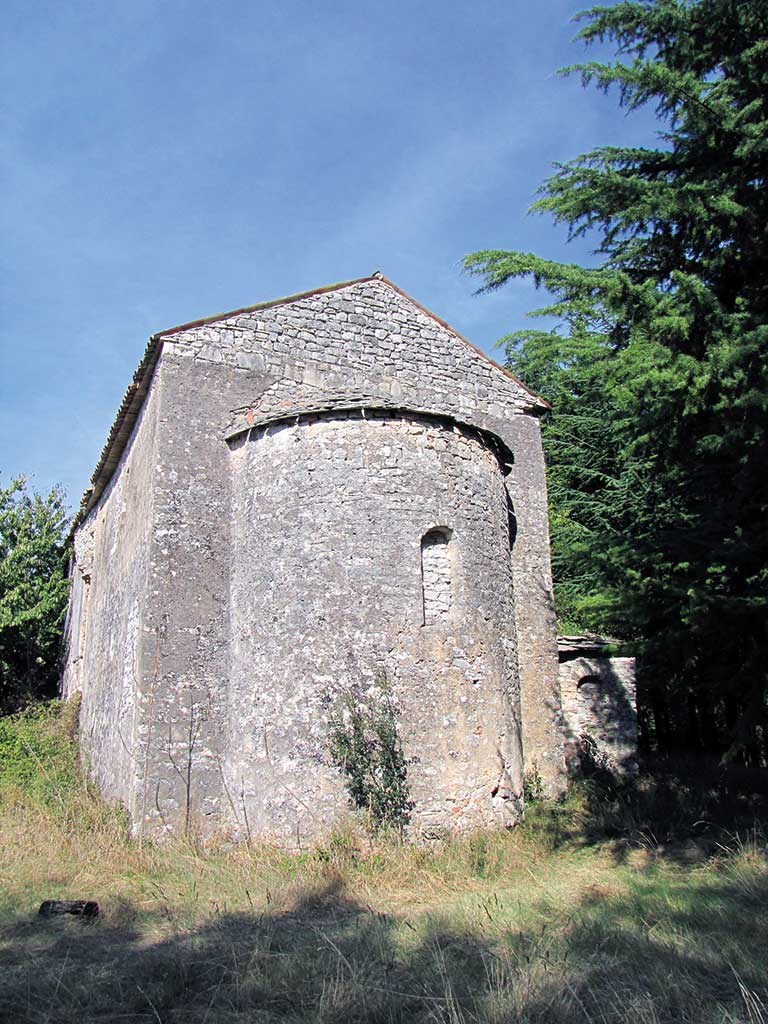

An early Christian single-nave building built in the 6th century under the Byzantine rule. The church has elements of the Byzantine, Frankish and Romanesque styles. In the vicinity, the traditional Croatian interlace and typical pre-Romanesque and Romanesque ornaments have been found, belonging to this church and dating to the 9th century. It is thought that the older Church of St Michael from Kloštar served as a model for other Romanesque churches in the Bishopric of Poreč.
The smaller Church of St Michael the Archangel in Kloštar is an early Christian building with the Byzantine style and typical Byzantine shapes characteristics for the west Istrian coast. The interior of the church is divided by arches, which deviates from the single space of early Christian buildings. On the outside, it terminates with a particular polygonal apse cladded by regular stone plates, while on the inside the same apse is semi-circular. The vault of the nave is heavy, supported by unskilfully built arches, while the outer wall is supported by clearly visible buttresses. The small space of the semi-circular apse was once illuminated by relatively large semi-circular windows, which have since been walled up. This church too originally had frescoes. The church frescoes were created during the Romanesque period, probably at the same time as the buttresses that can be seen on the southern (outer) wall of this church, which is today the load-bearing wall of the larger church.

The smaller Church of St Michael the Archangel in Kloštar is an early Christian building with the Byzantine style and typical Byzantine shapes characteristics for the west Istrian coast.
The church was probably abandoned and fell into ruin in the early Middle Ages, most likely during the Avarian and Slavic incursions. It was restored in the 9th, 10th or at the latest by the middle of the 11th century, when the barrel vault (which still exists today) was built because such vault appeared in the Istrian architecture in the 9th and 10th centuries. Those original expressions of old Croatian architecture emerged under the influence of Dalmatian architecture. The original Byzantine building was consecrated to the Mother of God. However, it should be noted that there used to be an old Croatian graveyard around the church, which proves that fact that the Croatian population settled the area around today’s Kloštar very early. The chancel barrier that can be dated to the 9th century comes from this church. It was probably built during the Romanesque renovation of the church. At the time, the converted Croatian population furnished the Church with new furniture.